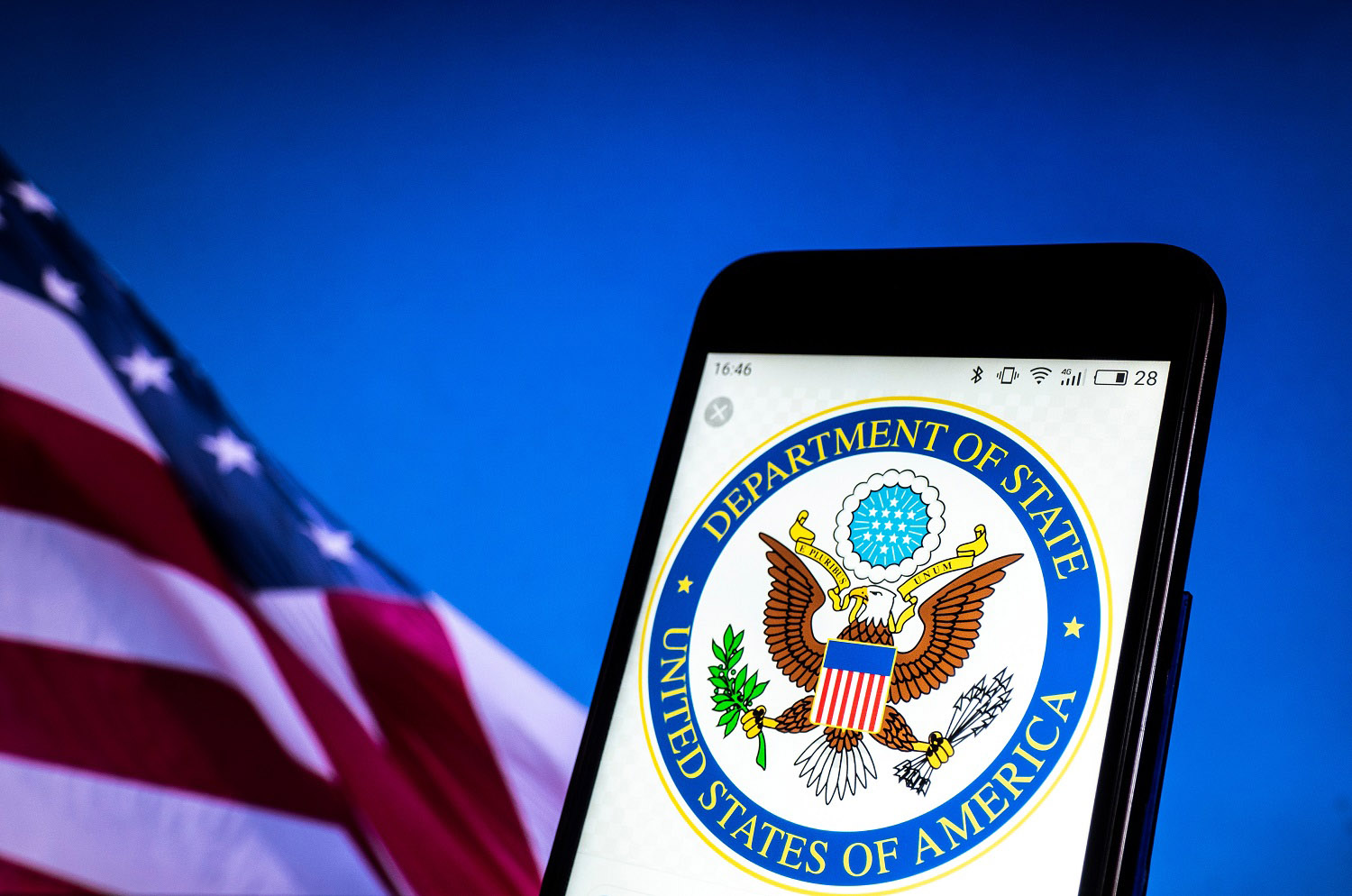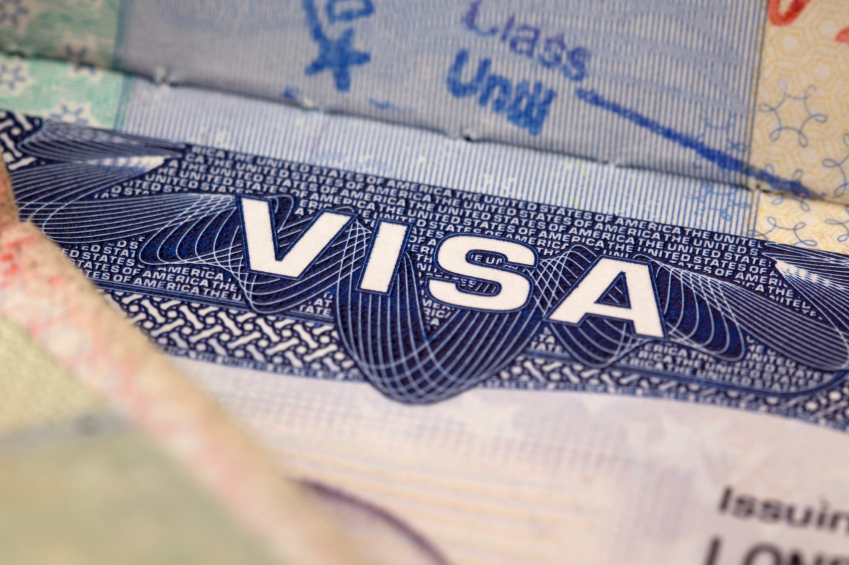Global health in the FY2016 international affairs budget: $9.9 billion.
Global health in the 85-page, post-Ebola, State Department-crafted, 4-year “blueprint for the next generation of American diplomacy”: one paragraph.
In all seriousness, we’re again reminded that US global health engagement is rich in dollars and technical expertise, yet poor in big-picture vision. US global health agencies do a tremendous amount of good in the world, but without explicitly defined goals, a single government-wide strategy, clear lines of accountability, or a single leader (or lead agency) to ensure those efforts fit together, the various pieces of the global health apparatus risk adding up to less than the sum of their parts. Sidelining global health in the QDDR signals that US ‘global health diplomacy’ – the last smoldering embers of the dearly departed Global Health Initiative – is not prioritized within the State Department’s overall approach to diplomatic engagement.
The QDDR should have laid out a blueprint for US global engagement that more than skimmed the surface on tackling some of the world’s most pressing health challenges such as disease outbreak preparedness, antimicrobial resistance, and the rise of non-communicable diseases linked to tobacco, alcohol, and changing diets. It’s long past time for the US to get strategic about its global health engagement, and how that engagement fits within its broader approach to national security and international diplomacy. It’s disappointing to see the QDDR was another missed opportunity to do so.
CGD blog posts reflect the views of the authors, drawing on prior research and experience in their areas of expertise.
CGD is a nonpartisan, independent organization and does not take institutional positions.




